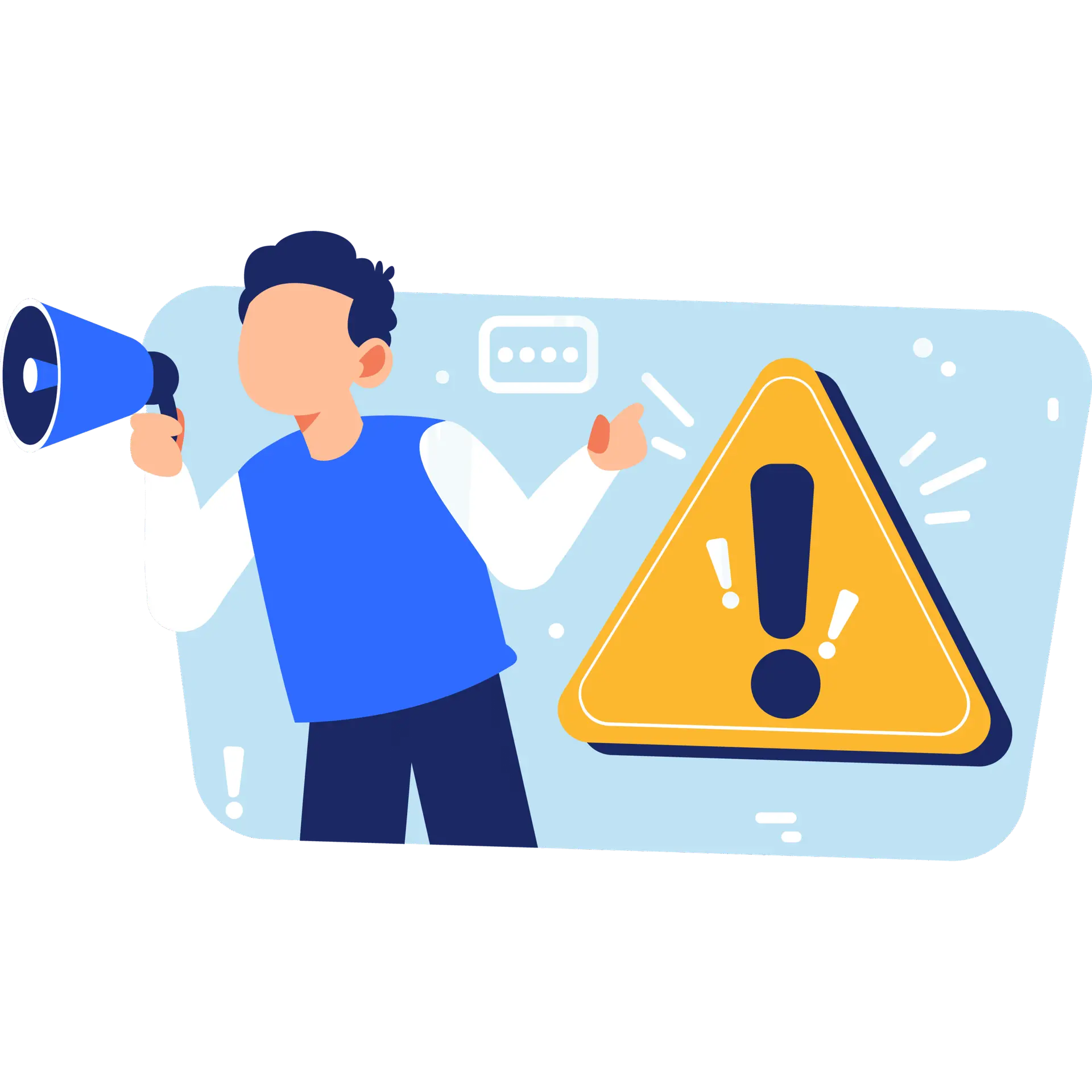Your Website: An Important Piece of the Puzzle
Your new website is an exciting step forward, and I’m thrilled to be building it with you. However, I want to ensure you get the best possible return on your investment, and that means having an honest conversation about marketing strategy.
A website alone is rarely enough to generate consistent leads and inquiries. Think of your website as your digital storefront—it’s essential, but just like a physical store, people need to know it exists and have reasons to visit. Your website works best as part of a complete marketing ecosystem.
Why a Multi-Channel Approach Matters
The most successful small businesses use multiple marketing channels working together. When someone sees your business in several places—social media, local searches, email, and through referrals—you build trust and stay top-of-mind when they need your services.
Proven Lead Generation Strategies for Small Businesses
Let me share some effective options you can explore:
Local & Online Presence
Google Business Profile – This is absolutely essential and free! A well-optimized profile helps you appear in local searches and Google Maps. Encourage customers to leave reviews, post regular updates, and add photos of your work.
Local SEO – Beyond your website, get listed in local directories like Yelp, industry-specific directories, and your local chamber of commerce. Consistent information across all platforms helps search engines trust your business.
Online Reviews – Actively request reviews from satisfied customers on Google, Facebook, and industry platforms. Many people won’t hire a business without reading reviews first.
Social Media Marketing
Choose Your Platform Wisely – You don’t need to be everywhere. Pick 1-2 platforms where your customers spend time. Instagram and Facebook work well for visual businesses, LinkedIn for B2B services, TikTok for younger audiences.
Consistent, Valuable Content – Share tips, behind-the-scenes looks, customer success stories, and industry insights. Engage with your community by responding to comments and messages promptly.
Paid Social Advertising – Even small budgets ($5-10/day) can reach targeted local audiences with Facebook and Instagram ads.
Email Marketing
Build Your List – Collect emails through your website, in-store, and at events. Offer something valuable in exchange (a discount, free guide, or exclusive content).
Regular Newsletters – Stay in touch with past and potential customers. Share useful information, not just sales pitches. Seasonal tips, industry news, and special offers keep you relevant.
Automated Campaigns – Set up welcome sequences for new subscribers and follow-up emails for inquiries or abandoned carts.
Content Marketing
Blogging – Writing helpful articles on your website establishes expertise and improves SEO. Answer common customer questions and share your knowledge.
Video Content – Short videos showcasing your work, explaining your process, or offering tips can be shared across multiple platforms and tend to get great engagement.
Podcasts or Guest Appearances – If relevant to your industry, starting a podcast or being a guest on others’ shows can build authority.
Networking & Partnerships
Join Local Business Groups – Chambers of commerce, BNI chapters, and industry associations provide referral opportunities and collaborative partnerships.
Strategic Partnerships – Partner with complementary businesses to cross-promote services. For example, a wedding photographer might partner with florists and venues.
Community Involvement – Sponsor local events, participate in charity work, or host workshops. This builds goodwill and visibility.
Traditional Marketing (Still Effective!)
Direct Mail – Targeted postcards to specific neighborhoods or demographics can still work, especially for local services.
Print Advertising – Local newspapers, magazines, and community newsletters reach audiences who may not be online as much.
Flyers and Business Cards – Leave professional materials at complementary businesses, community boards, and local events.
Vehicle Wraps and Signage – Turn your car or storefront into a mobile advertisement.
Paid Digital Advertising
Google Ads – Appear at the top of search results when people look for your services. Works especially well for high-intent searches.
Facebook/Instagram Ads – Target specific demographics, interests, and locations with visual ads.
Retargeting Campaigns – Show ads to people who’ve already visited your website, keeping your business top-of-mind.
Referral Programs
Customer Referral Incentives – Reward existing customers for bringing new business. This could be discounts, gift cards, or service upgrades.
Professional Referral Network – Build relationships with businesses that serve your target market and establish reciprocal referral arrangements.
Public Relations
Press Releases – Share newsworthy updates with local media outlets.
Expert Commentary – Offer to be a source for journalists writing about your industry.
Case Studies and Success Stories – Document and share impressive results you’ve achieved for clients.
Creating Your Marketing Mix
You don’t need to do everything at once! Here’s my recommendation:
- Start with the foundations: Google Business Profile, basic social media presence, and email collection
- Choose 2-3 channels that best fit your audience, budget, and skills
- Be consistent with those channels before adding more
- Track your results to see what’s working
- Adjust and expand as you learn what resonates with your audience
How Your Website Fits In
Your website serves as the hub for all these activities—it’s where people go to learn more after seeing you elsewhere. That’s why having a great website matters, but it needs those other channels driving traffic to it.
While my expertise is in web design, I want to see your business thrive, and I’m happy to discuss how your website can best support your broader marketing efforts


